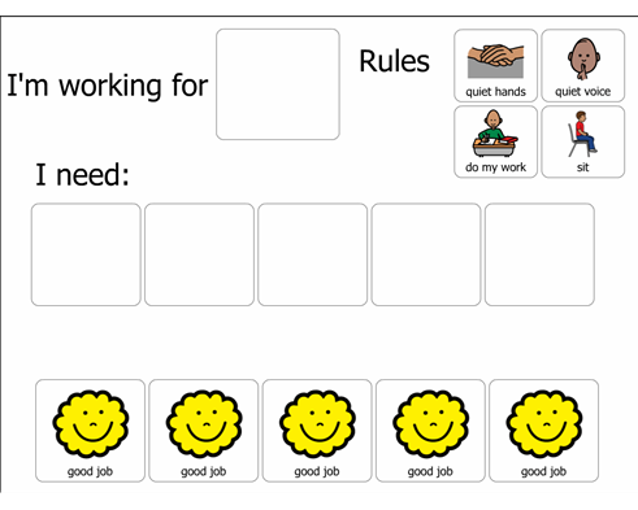
Rewarding kids for their good encourages the children to do more good. Sustaining profitable academic conduct is a necessity for education and student development. It is indeed vital that the educators still have a comprehensive framework of techniques at the fingertips to guarantee an orderly, clean as well as efficient learning environment. Token incentive programs may help to maintain ethical behaviour for training by facilitating rituals by providing a hostile reaction that reinforces desirable behaviour. Plastic Tokens from Australia as the best for any student to be rewarded for their goodwill and behaviour. As a consequence, learning develops an atmosphere of supportive interactions. This is also called the token economy.
School environment token reward schemes foster and facilitate effective teaching conduct patterns by using tangible reinforcers like tokens or badges. The token rewards are often regarded as external “achievement rewards”, which are offered to children when someone does something right. The plastic tokens can be chosen as rewards in schools to reward the student’s behaviour.
The token money is given to students on:
- Demonstrating objective training activity achieving an instructional challenge enhancing attention and awareness on a project.
- Being well educated and interested in learning, fulfilling concept performance standards, and performing well enough as a team.
- Tackling a challenge creatively executing a job that helps the student or the school group.
Well, these are only a few circumstances when the students are rewarded, whilst there are many other situations where they can be rewarded with tokens. Tokens are of different kinds. One of its kinds is Plastic Tokens from Australia that are famous and durable.
The token exemplifies perhaps an actual student or a team of learners in the school, which is traded for a well-specified prize. It can also be expanded into something like a token money scheme wherein the coins are widely employed in schools to buy prizes or benefit.
Key factors:
- Target behaviours: The basic behaviours and experiences that have to be praised in students can be called target behaviours.
- Token Reinforcers: Simple products that the tutor may distribute as ‘excellence rewards’ as well as potentially exchange as additional points or a monetary prize. These can usually be stars, tickets, coins, badges, or token coins.
- Terminal reinforcers: These are goodies or events which students can acquire as a bonus for obtaining a predetermined amount of achievement rewards. Small toys, books, etc., can be defined as terminal reinforcers.
To ensure that an incentive scheme is successful, instructors should first clarify the procedure to students transparently and systematically. Unless the scheme isn’t transparent to students, or if the instructor deviates again from established guidelines about how students are compensated, the students may lack faith in the scheme and react very little to the rewards.
Guide for reward system:
- The expected behaviour to be explained: The rewarding scheme needs to be effective while the desired target patterns are articulated to all the students. Uncertainty and inconsistency will lead to confusion, which minimizes the accuracy of the framework. A student incentive program’s goal is to improve optimism via inspiration. To accomplish this, the desired behaviour must be communicated and understood as the kinds of behaviour and attitude which the instructor wants to see more than the conduct which the instructors wouldn’t want to see.
- Define the behaviours clearly: The behaviours are easily understood, accurate and clear. The instructor shall be well aware of using the correct definition about the kind of conduct expected. It is essential that the instructor can accurately describe whether a student acted following the concept so that the teacher might distribute the award equally and reliably. Behaviour and attitude, which are difficult to identify or track, can lead students to feel betrayed if educators fail to acknowledge everything as it occurs.
- Let the students pick the rewards: Keep a check on the list of awards achieved by the kids. Enabling the students to explore the program’s architecture facilitates the student’s participation. This also assists them in determining the kind of incentive which an individual prefers. Conducting a school debate intended to create a collection of incentives is the first way of selecting a suitable incentive.
Fostering children towards doing well enhances the growth of the child leading to a developing future.
About The Author: Sanath Pollemore